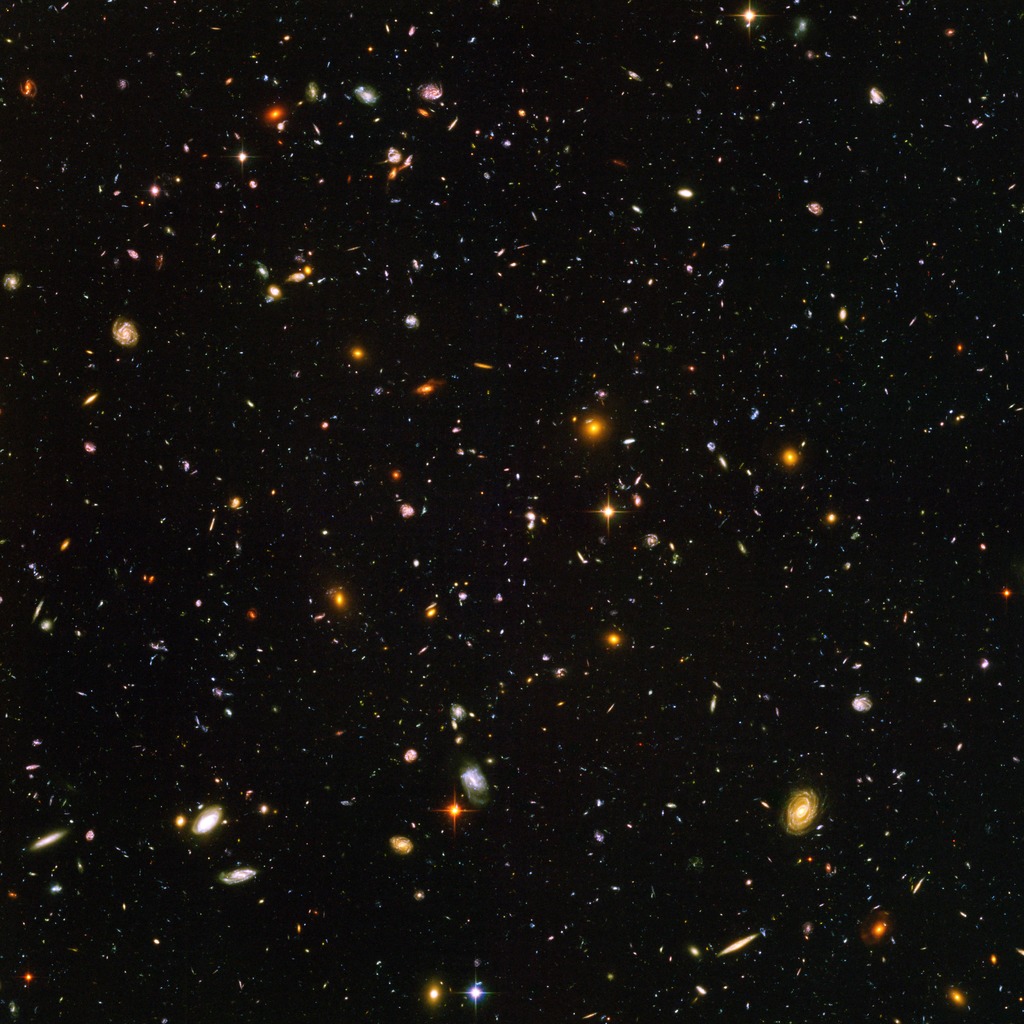 |
| The Leo Triplet |
The Leo Triplet - or Leo’s Trio as I like to call them. Three galaxies near the tail of Leo the lion, 35 million light years away. Ancient photons that started out when yet another mass extinction was unfolding on the earth 35 million years ago - and the Antarctic ice sheet was only beginning to take shape. They finally arrived yesterday, fresh as daisies. Relativistically for photons, time stands still.
This is my first deep-sky image of 2022, and also possibly among the farthest objects I have ever imaged. I like to pretend this is a (very) poor man’s version of the iconic “Hubble ultra deep field” photo taken by the Hubble space telescope.
Hubble Ultra Deep Field - Galaxy zoo on a pinhead
 |
| Hubble Ultra Deep Field. Source: Nasa |
In the Hubble image from 2004, every speck of light is a galaxy. About 10,000 of those in one image. At this point if you have not expanded the image and taken a second look, I suggest you do.
Except about 8 foreground stars, each little smudge of light is a floating island of stars, at different points in space, and time.
The image was created by the space telescope staring for 11 days at a specific dark patch of sky that is so tiny that it would be like looking through a drinking straw. An eight foot long straw to be precise.
Now imagine patches like that surrounding us in every possible direction! There are 10 million of them to cover the sky. Hence we estimate there are 100 billion galaxies in the visible universe.
Staring at nothing
 |
| Robert Williams, STScIpubl, CC0, via Wikimedia Commons |
How deep does the rabbit hole go?
The Hubble Ultra Deep Field image is like three dimensional "core sample" of the sky, seen end-on. Just as scientists drill "core samples" of polar ice - long cylindrical samples of ice that contain in them air bubbles from different years trapped in the permafrost. Likewise the Hubble image contains galaxies from all ages of the universe from the present time to as far back as when the first galaxies started to form after the dark ages following the big bang. In terms of distance that is from the nearest galaxies measured in million light-years to the farthest ones about 13 billion light years away.
The video below provides a great visual explanation. However why profound discoveries often come out of the craziest of ideas can perhaps never be fully explained.
References:
- Discoveries - Hubble's Deep Fields NASA. Retrieved 06 February 2022
- Hubble's Deepest View of the Universe Unveils Bewildering Galaxies Across Billions of Years Hubblesite. Retrieved 06 February 2022

No comments:
Post a Comment